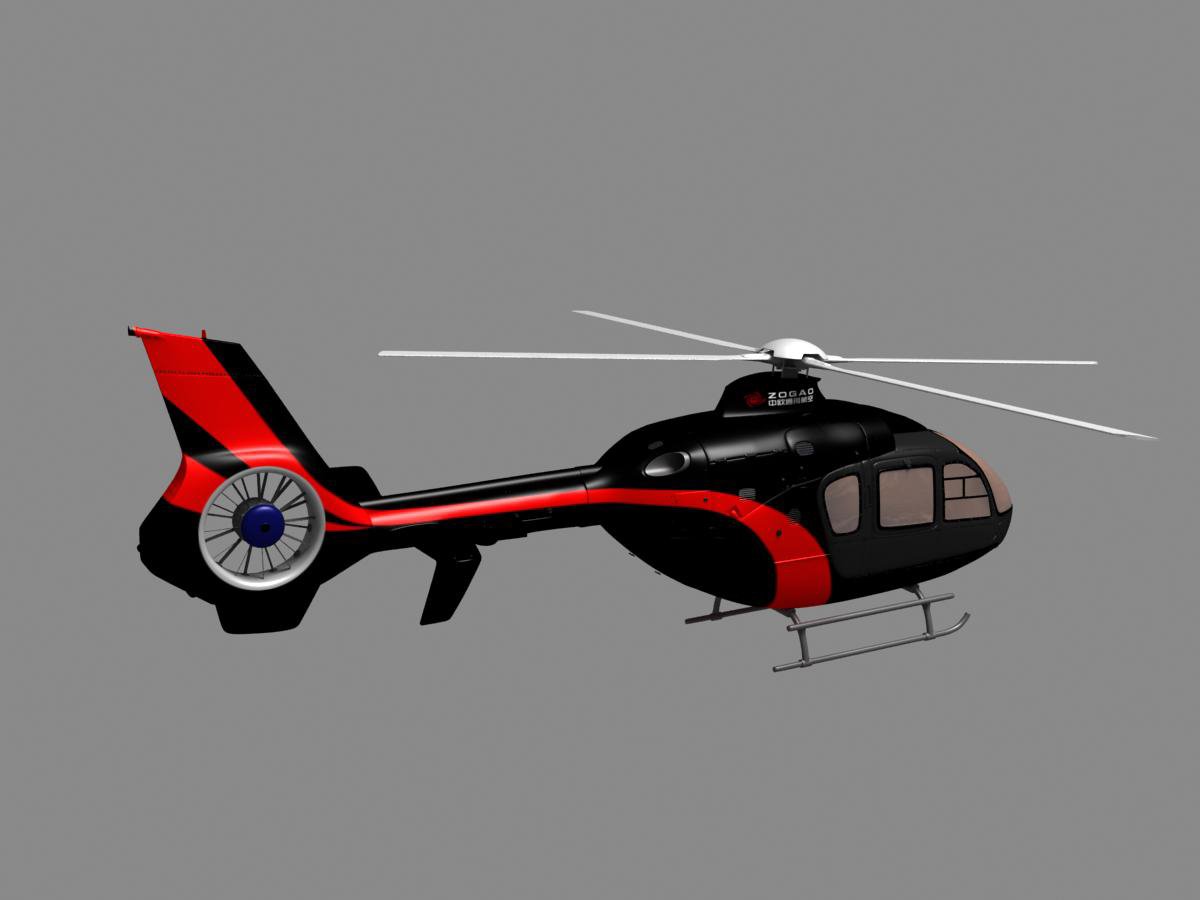

One of the benefits of this technology is increased safety from electromagnetic interferences. Instead of electrical signals, control inputs are given via light traveling through glass fiber cables. For instance, the German Aerospace Center (DLR) currently uses the EC135 as a research helicopter using fly-by-light technology. The EC135 is a cutting-edge aircraft that is constantly being improved and used for new purposes in new fields. In addition, the helicopter is used by Austria’s ÖAMTC Air Rescue, France’s SAMU Air Rescue and by many companies in the USA. Today, the EC135 is widely used by countries all over the world, such as in Germany with the German ADAC Air Rescue, the German Border Police and the German Armed Forces.
#Eurocopter ec135 model serial#
Since the start of serial production in 1996, more than 1,000 models of the popular multi-purpose helicopter have been shipped to 58 countries, making it the biggest success of the relatively young, wholly-owned subsidiary of the EADS (European Defence and Space Company). Although the BO108 never went into serial production, it served as the basis for the EC135, which took off for its maiden flight over Ottobrunn near Munich, Germany in February 1994. When Eurocopter was founded in 1992, MBB brought the BO108 prototype, an evolved version of the BO 105, into the company. Taking a look at the history of the EC135, the helicopter is modeled on the BO 105 by renowned manufacturers Messerschmitt-Bölkow-Blohm (MBB). What’s more, all flight, engine, navigation and radio information is displayed on modern multi-purpose screens. For instance, the engine is monitored by a FADEC system (full authority digital engine control), which automatically controls all relevant engine procedures and is particularly convenient when starting the turbine. Of course, the EC135’s aviation electronics are state-of-the-art as well. The helicopter is particularly useful for difficult and challenging rescue missions as the shrouded tail rotor is not as easily damaged on contact with surrounding vegetation and thus also offers increased protection for people on the ground. These may have variable angular spacing so that the noise is significantly reduced.Īnother benefit of the EC135’s special tail rotor is the reduced risk of accidents.

Unlike conventional two- or four-blade tail rotors, the Eurocopter version features ten (moving) rotor blades and ten (fixed) stator blades. The shrouded tail rotor has a number of benefits. At first, this type of construction was not very popular with technicians because of the high development efforts it required, but today it is an essential part of their formula for success. The hingeless and bearingless main rotor keeps the usual vibrations down to a minimum and reduced mechanical forces improve the helicopters maneuverability and noise level.įor the tail rotor, Eurocopter used a shrouded Fenestron. With either of the two engines, the EC135 reaches top speeds of 300km/h and altitudes of more than 6,000m. The other is an engine by French manufacturers Turbomeca Arrius, who got their name from the Pyrenean “Pic d’Arrius” mountain. One of them is a turboshaft engine crafted by Canadian manufacturers Pratt & Whitney. What’s more, its precise shape makes it particularly aerodynamic.Įurocopter offers two different engines for the helicopter, each one with almost 650 HP. With rotor blades made from carbon fiber reinforced plastic, the helicopter’s structure and weight have been optimized for flying. The Eurocopter EC135 is a state-of-the-art multi-purpose aircraft.
#Eurocopter ec135 model tv#
Built in Germany, the EC135 is versatile and used for filming movies or TV shows, flying rescue or police missions or even getting someone like former soccer star Franz Beckenbauer from one stadium to the other during the 2006 World Cup. At low altitude it sweeps across a film set, where a car chase is taking place a mere ten meters below. The Cineflex camera is mounted to a boom right below the nose of the helicopter.


 0 kommentar(er)
0 kommentar(er)
